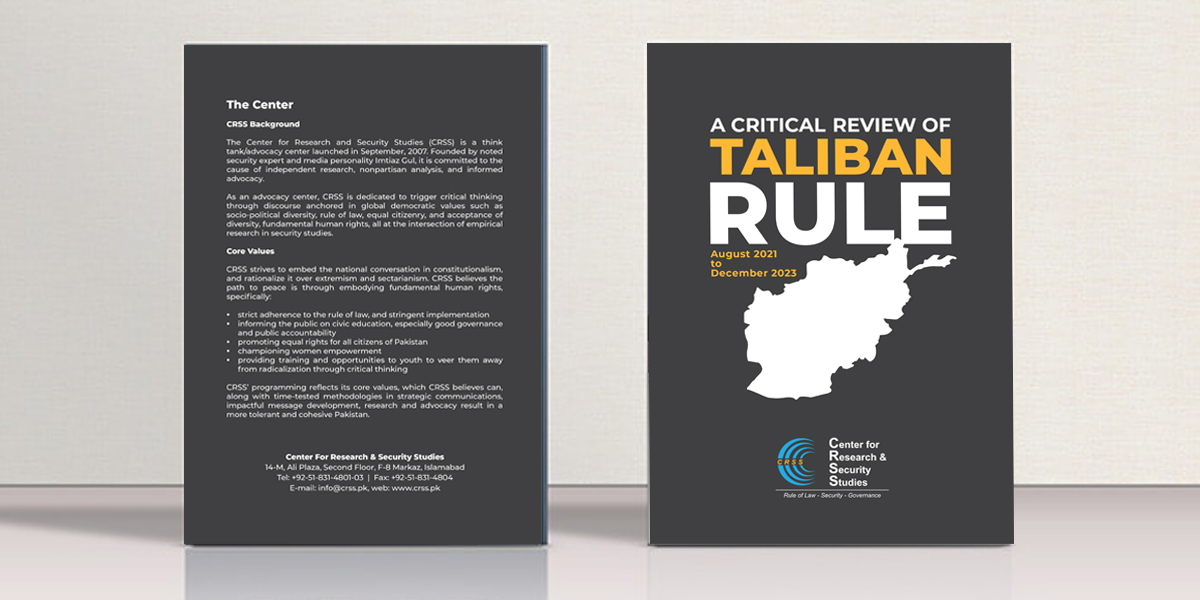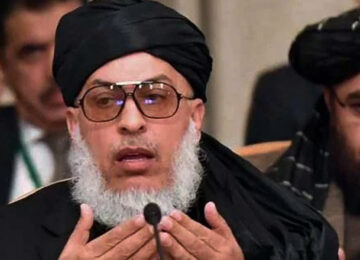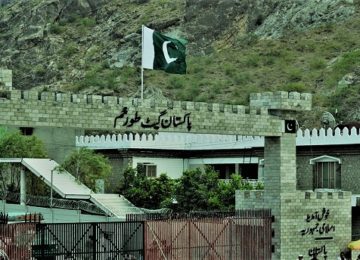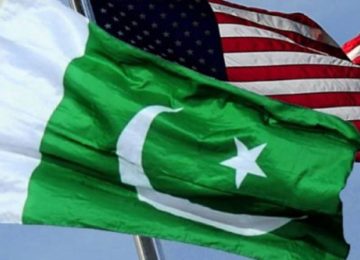PROLOGUE – HOW IT HAPPENED
The collapse of the Afghan government on August 15, 2021, marked the conclusion of two decades of war in Afghanistan, and international efforts, primarily led by the United States, to establish stable governance institutions in Afghanistan. The initial phase began in December 2001 in Bonn, Germany, where Afghan and international stakeholders devised a plan to form a new government, excluding the Taliban. This led to the Bonn Agreement, appointing Hamid Karzai as the head of the interim administration and establishing a constitution with a centralized presidential system in a country characterized by significant urban-rural divides and no history of centralized democracy.
Despite U.S. aspirations for a government upholding the rule of law, human rights, and democratic principles, actual funding fell short. Corruption within the Afghan government, particularly during Karzai’s presidency, was a persistent issue, hindering progress and eroding public confidence. Even as violence escalated, and the Taliban re-emerged, a surge of U.S. forces in 2009 did not effectively address governance challenges, including corruption fueled by international aid.
The 2014 election of Ashraf Ghani did little to restore public trust, leading to a power-sharing arrangement with Abdullah Abdullah in a National Unity Government. However, structural weaknesses and corruption persisted, as acknowledged by the U.S. Department of Justice in 2018.
In February 2020, the U.S. and the Taliban signed an agreement for the withdrawal of U.S. troops, with peace talks between the Taliban and the Afghan government commencing in September 2020. Despite the agreement, the Taliban’s failure to fulfill commitments, especially in counterterrorism and violence reduction, drew criticism. President Biden’s decision to withdraw all U.S. military personnel by September 11, 2021, marked a pivotal moment.
The collapse unfolded within four months, beginning in April 2021. Key contributing factors included the Afghan government’s failure to anticipate the U.S. departure, exclusion from U.S.-Taliban talks, insistence on Taliban integration, the Taliban’s unwillingness to compromise, President Ghani’s exclusive governance style, and the government’s long-standing issues of centralization, legitimacy struggles, and endemic corruption. As the U.S. withdrew, the Taliban rapidly seized control of provincial capitals, with Kabul falling on August 15, 2021.
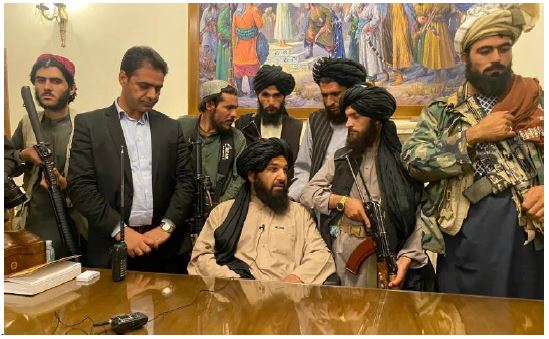
Taliban fighters take control of the Afghan presidential palace after Afghan President Ashraf Ghani fled the country, in Kabul, Afghanistan on August 15, 2021 [AP/Zabi Karimi]
This marked a new and complex reality that the world is still grappling to grasp: a Taliban-ruled Afghanistan. Initially rooted in the triumph of jihadist ideology, the current situation poses internal and external challenges for the Taliban, Afghanistan, and stakeholders. This report focuses on critical aspects, from the Taliban’s governance style and international interactions to public perceptions and the future trajectory of Afghanistan. By addressing knowledge gaps, the analysis aims to provide insights into the dynamics shaping Taliban rule, its impact, and current challenges, and avenues that stem from it.
EXECUTIVE SUMMARY
This research report provides a detailed analysis of the two years of Taliban rule in Afghanistan. Utilizing thorough desk research spanning the last two years and insights gathered from interviews with key informants, including experts inside and outside Afghanistan, this study covers various dimensions offering a comprehensive, unbiased, and critical view of the de facto rule so far.
The beginning depicts insights from the individuals who have seen and experienced firsthand life under the Taliban since August 2021. The responses are based on the subjective experiences of journalists, development professionals, teachers, businesspersons, and activists. There is some objective critique from subject matter experts as well who have been studying and working on the region for decades.
Then, the report thoroughly covers the administrative strategies employed by the Taliban, focusing on establishing and functioning government structures and policies. It sheds light on the diplomatic engagements of the Taliban, tracing the evolution of their relationships with the international community and the resulting geopolitical implications for Afghanistan.
Human rights and civil liberties under Taliban rule are critically examined, assessing the impact of policies on individual freedoms, gender, and minority rights. The report also scrutinizes the effects of Taliban governance on public health and social welfare initiatives. Additionally, it explores the economic and trade policies, and fiscal measures, providing insights into the challenges and opportunities within Afghanistan’s economic landscape. Additionally, it analyzes the Taliban’s efforts to establish peace and maintain security across the country and broader region.
Education and essential public services are additional focal points, with the report examining Taliban policies and their consequences for access to education, public utilities, and critical services.
By addressing these diverse themes, this research report offers an in-depth understanding of the complex dimensions of Taliban rule in Afghanistan, serving as a resource for stakeholders, policymakers, and the global community to inform decision-making and future evaluations.



